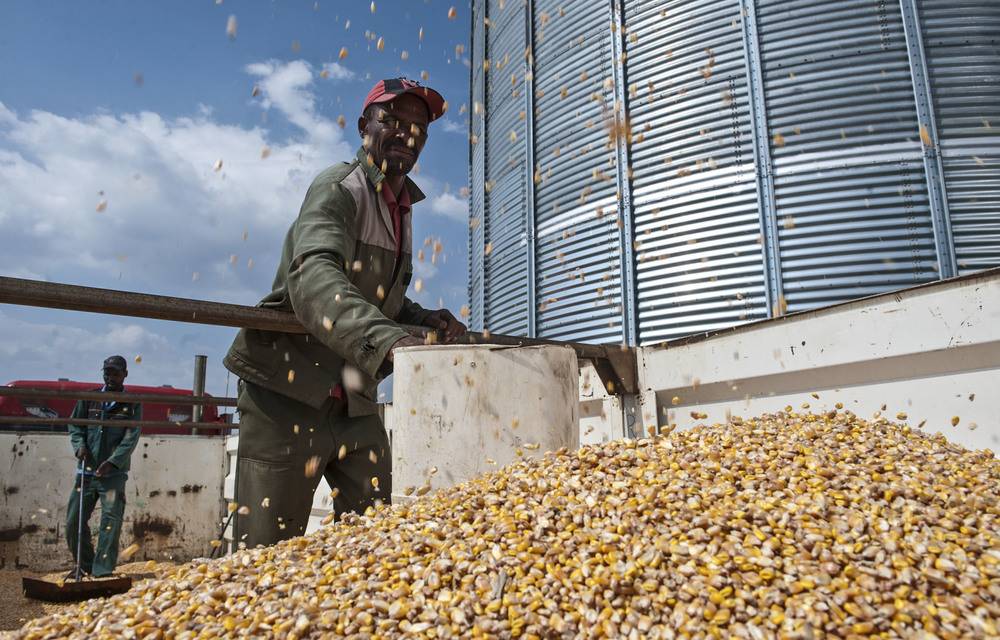South Africa’s Maize and Oilseed Harvest Sees Significant Decline Amid Mid-Summer Drought
The South African agricultural sector has experienced varying degrees of hardship and resilience over recent years, particularly given challenges such as climate change, economic strains, and global market fluctuations. A key player in assessing and forecasting agricultural productivity in South Africa is the Crop Estimates Committee (CEC), housed within the Department of Agriculture, Land Reform, and Rural Development.
Role of the Crop Estimates Committee
The Crop Estimates Committee plays a pivotal role in supporting South Africa’s agricultural sector. Leveraging expertise from government, academia, and the private sector, the CEC provides critical production forecasts for winter and summer grains and oilseeds. These reports are instrumental in assessing the country’s food security, influencing market prices, and guiding policy decisions. Typically, the committee releases around ten reports per season, with the fourth report often bringing more certainty about the expected yield.
Current Harvest Assessment
As the 2023-24 summer grains and oilseed season draws to a close, the Crop Estimates Committee has made its fifth production estimate available, revealing a sobering picture. This season’s total harvest is estimated at 16 million tonnes, a slight 0.6% increase from the May 2024 report, but a significant 20% drop year-on-year due to severe mid-summer drought conditions.
Maize Production:
- White Maize: The harvest is projected to be 6.3 million tonnes, down 26% year-on-year.
- Yellow Maize: Estimated at 7.1 million tonnes, a 10% decline from the previous year.
Overall maize production stands at 13.4 million tonnes, an 18% reduction from the 2022-23 season. The disparity in production decline between white and yellow maize primarily results from planting regions and timelines, with yellow maize generally being planted earlier in regions less affected by rainfall variability.
Economic Impacts and Market Dynamics
The anticipated maize production should meet South Africa’s annual consumption demands of approximately 12 million tonnes, leaving a surplus of about 1.4 million tonnes designated for exports. However, this export figure is significantly lower than the previous season’s 3.4 million tonnes, which will likely affect market dynamics and pricing.
Market Prices:
- White Maize: Prices remain elevated, currently about 30% higher than the previous year, with a spot price of R5,185 per tonne.
- Yellow Maize: Prices have moderated, down roughly 4% from a year ago, with a spot price at R3,825 per tonne.
The tighter supply later in the season and into early 2025 is expected to keep maize prices high, especially for white maize, which faces a global shortage. Conversely, yellow maize supply can be supplemented through imports due to its more abundant global availability.
Oilseed Forecast
The forecast for oilseeds presents a similarly challenging outlook:
- Soybeans: The production remains unchanged from the previous month at 1.7 million tonnes, a 36% decline year-on-year.
- Sunflower Seed: Estimated at 649,250 tonnes, down 10% from the previous year.
Conclusion and Outlook
The data from this season underscores the significant impact of climate adversities like mid-summer droughts on South Africa’s agricultural output. Despite these challenges, the country’s overall grain and oilseed supplies are likely to remain stable. However, consumers should brace for potentially higher white maize prices driven by regional and global supply dynamics.
The agriculture sector will continue to rely on institutions like the Crop Estimates Committee for accurate forecasting and planning to navigate these complex challenges and ensure food security amidst changing climatic conditions.
For more details, you can visit the Agricultural Business Chamber of South Africa.
Upcoming Considerations
Given the ongoing climatic concerns and their implications on food production, stakeholders in the South African agricultural sector must prioritize sustainability and resilience in their practices. Enhanced investment in drought-resistant crop varieties, improved irrigation infrastructure, and more robust market policies will be essential to mitigate future impacts and secure food supplies for the nation.
As the global climate continues to evolve, so too must the strategies and tools employed by South Africa’s agricultural community to ensure the sustainability and growth of this vital sector.
